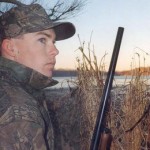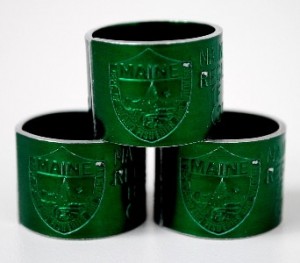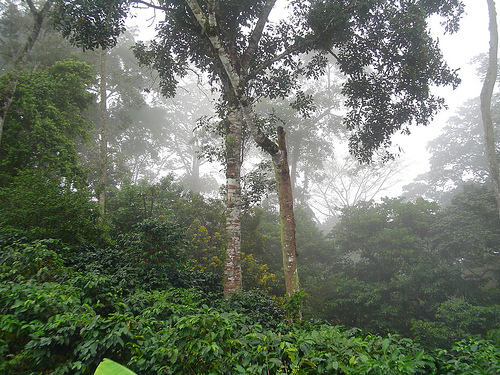
Naturally Curious is a wonderful book given to me last year by my daughter upon the recommendation of the owner of her local birding supply store. I have started reading it again this Fall. It is set up by month so I started with the November chapter but then realized that we were just through October so I backtracked. I love the detail and all the factoids on a variety of natural items. Naturally (pardon the pun), I gravitated to the birding sections but learn a lot from the insect and plant sections as well. Right now, I’m trying to learn more about ferns — although I should have started a few months ago — most have been killed by frost.
This is not a book you can’t put down — I take a break for a few months and then start again, like I’m doing now. I kind of savor the content — not wanting to get too far ahead but rather following the months as they occur.
Let me give you example of the type of information I just find fascinating, this from a writeup on yellow-bellied sapsuckers:
“By far the most frequent visitor to sapsucker wells, other than sapsuckers, is the ruby-throated hummingbird. Like the sapsucker, it is in search of sap as well as insects that are attracted to the sap, and has been seen following sapsuckers as they visit their wells. Tree sap is similar to flower nectar in the amount of sugar and nutrients it contains. When hummingbirds first return to New England in early May, flowers are few and far between, so tree sap, available to hummingbirds thanks to yellow-bellied sapsuckers, is a lifesaving substitute. It seems more than coincidental that the spring arrival of the ruby-throated hummingbird and the height of yellow-bellied sapsucker drilling occur at the same time.”
This is one of those “read a little, absorb, read some more” type of book. While it’s focused on New England, it has a lot of information that is applicable in other sections of the U.S. It’s one of those books I go back to, time and time again once I finished it. I highly recommend it as a book to have on your bookshelves. It’s a great holiday gift for an budding naturalists in your life.
If you enjoyed this post, please consider leaving a comment and subscribing by RSS feed or via email to have future articles delivered to you.




